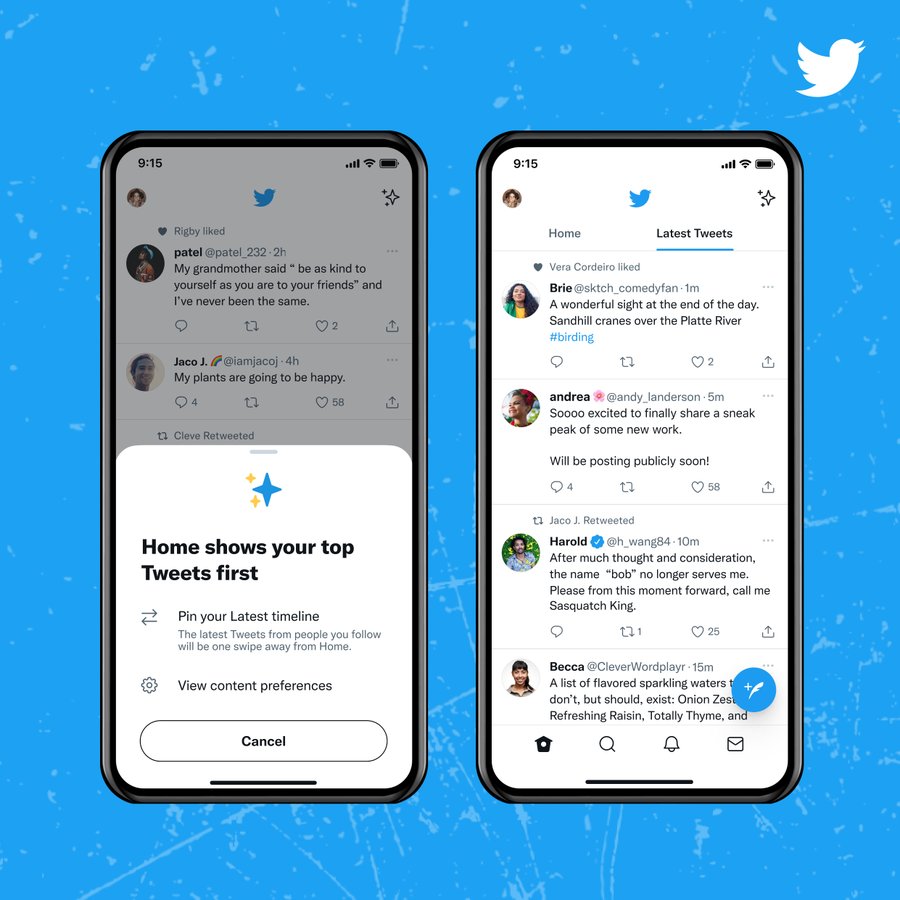Twitter has been experimenting with several new features aimed at improving the user experience and giving users more control over their timelines and interactions. One of the most notable experiments is the implementation of reply filters, which allow users to hide certain replies to their tweets. This feature has received mixed reactions, with some users welcoming the ability to filter out unwanted or harassing replies, while others worry that it will be used to silence opposing views and stifle free speech.
Another experiment that Twitter has been working on is giving users more control over their timelines. This includes the ability to see tweets in a specific order, such as chronological or relevance, and the option to turn off certain content, such as retweets or promoted tweets. These timeline controls are aimed at making the user experience more personalized and tailored to individual preferences.
Twitter has also been experimenting with new ways to search and discover content, including the capacity to search your own tweet likes. This feature allows users to quickly find and access tweets that they have liked in the past, making it easier to find content that they have previously enjoyed or found valuable. Additionally, Twitter is working on improving search functionality, making it easier to find relevant tweets, hashtags, and users.
Another experiment that Twitter has been working on is the integration of more multimedia content into the platform. This includes the ability to add audio and video to tweets, as well as support for 360-degree photos and videos. These new multimedia options allow users to express themselves in new and creative ways, making the platform more engaging and interactive.
While these experiments are still in the early stages, they are part of Twitter’s ongoing efforts to improve the user experience and evolve the platform. However, with any new feature or change, there is the risk of unintended consequences, and it remains to be seen how these experiments will be received by the user community.
In conclusion, Twitter’s experiments with reply filters, timeline controls, and the capacity to search your tweet likes are just a few examples of the ways that the platform is evolving and trying to meet the changing needs and expectations of its users. As technology continues to advance and social media becomes increasingly central to how people communicate and engage with the world, it will be interesting to see how these experiments evolve and what new features and innovations emerge.
For more such updates, keep reading techinnews.




